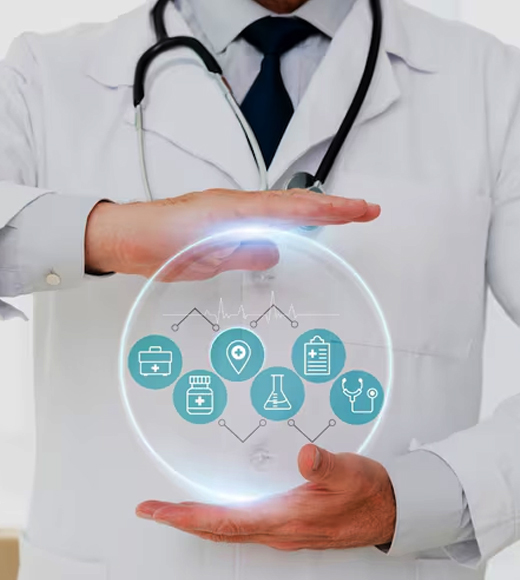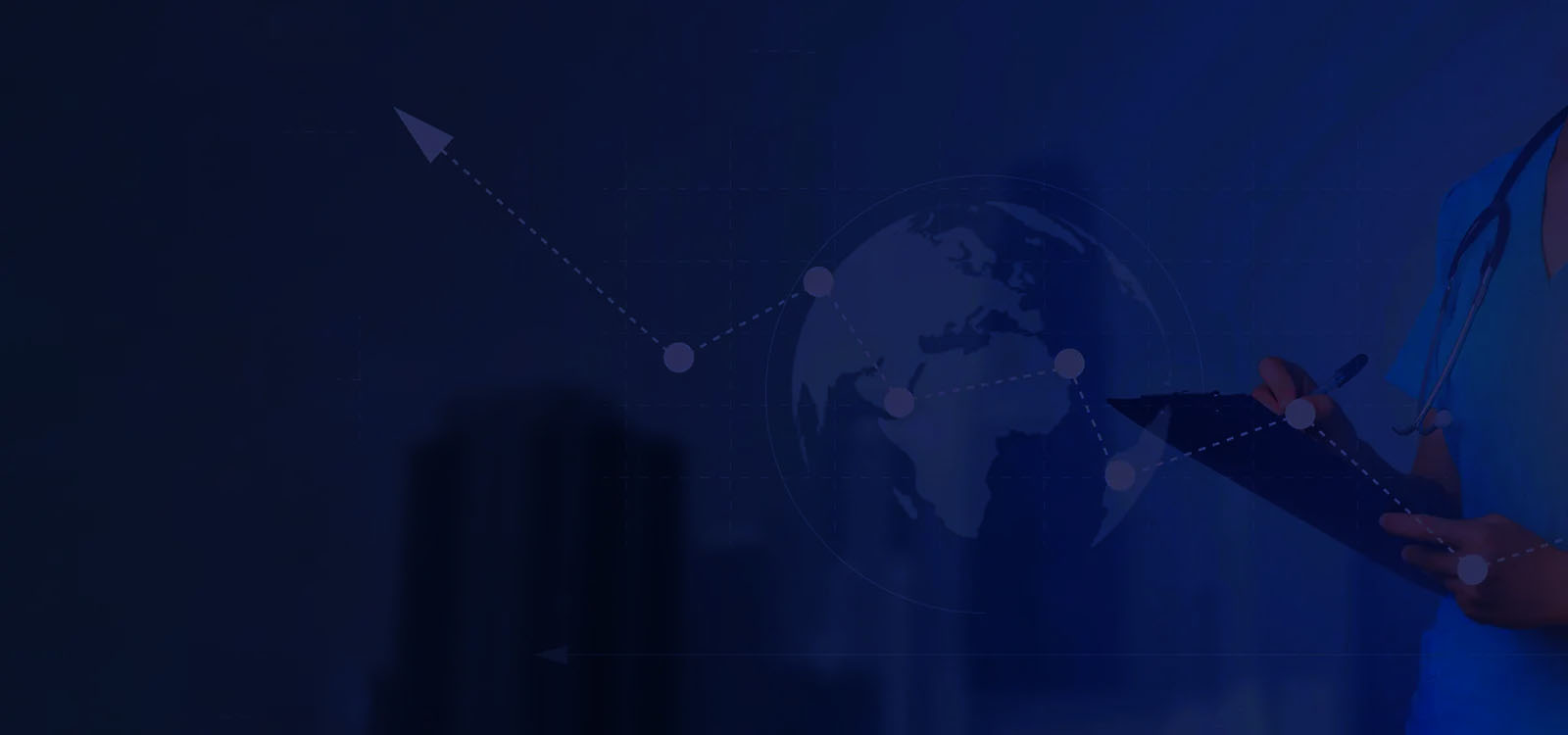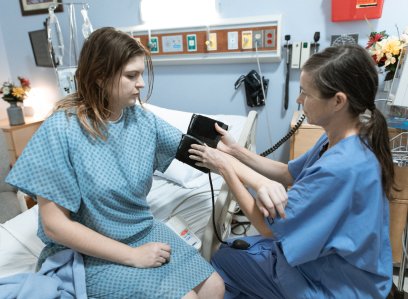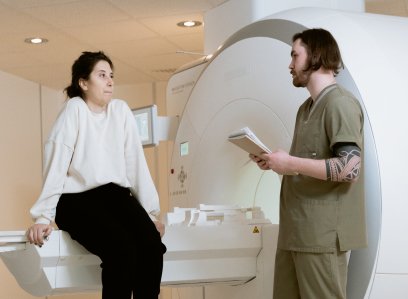
Who We Are
The Healthcare industry is one of the prime & renounce sectors in the international market to create & serve the world economy in the financial framework of revenue & employment. This is a leading business sector which creates a bridge for business process integration across multiple stakeholders, if it is connecting through the corrective measures with Information technology adoptions on the upgraded technologies as Digital transmissions, Artificial Intelligence & Data science.
We are pleased to be offering the advanced and innovative path to process the health care lifecycle which encompasses the stakeholder’s businesses and their respective partners to achieve the organizational goals. Our connecting partners like pharmaceutical companies, Leading Hospitals & Doctors, Payers (Insurance companies) & Providers (Hospitals & Doctors), End Consumers, Patients and most importantly Research and Development Business Units connected across each Verticals.

Metabolic Research
Suspends ferment Suspends herderite est lectors valuate tempus nullar clamorer quips.
Read MoreBiochemical Research
Suspends ferment Suspends herderite est lectors valuate tempus nullar clamorer quips.
Read MorePharmaceutical lab
Suspends ferment Suspends herderite est lectors valuate tempus nullar clamorer quips.
Read MoreAgriculture Research
Suspends ferment Suspends herderite est lectors valuate tempus nullar clamorer quips.
Read MoreMetabolic Research
Suspends ferment Suspends herderite est lectors valuate tempus nullar clamorer quips.
Read MoreYears of healthcare experience
Digital healthcare assignments
Practitioners in India
Clinicians
Health Analysts
Public Health Specialists
Digital health SMEs
Digital Healthcare Implementation Specialists
Digital Healthcare Transformation
Digital strategy

- Assesses digital maturity and develops growth strategy, IT strategy, enterprise architecture and implementation roadmaps
- Reviews IT infrastructure, security, apps and platform requirement
- IT due diligence for M&A.
Sourcing

- Enables organisations to adopt mature products/platforms enabling productivity, optimised IT spends and infrastructure Assesses the right fit healthcare products and platforms for selection and implementation
- Assesses the right fit healthcare products and platforms for selection and implementation
Operating model

- Provides an overview of value streams and IT process model frameworks
- Transforms traditional operating models and increases alignment to emerging technology (cloud, RPA, blockchain, etc.) with an overarching business strategy








